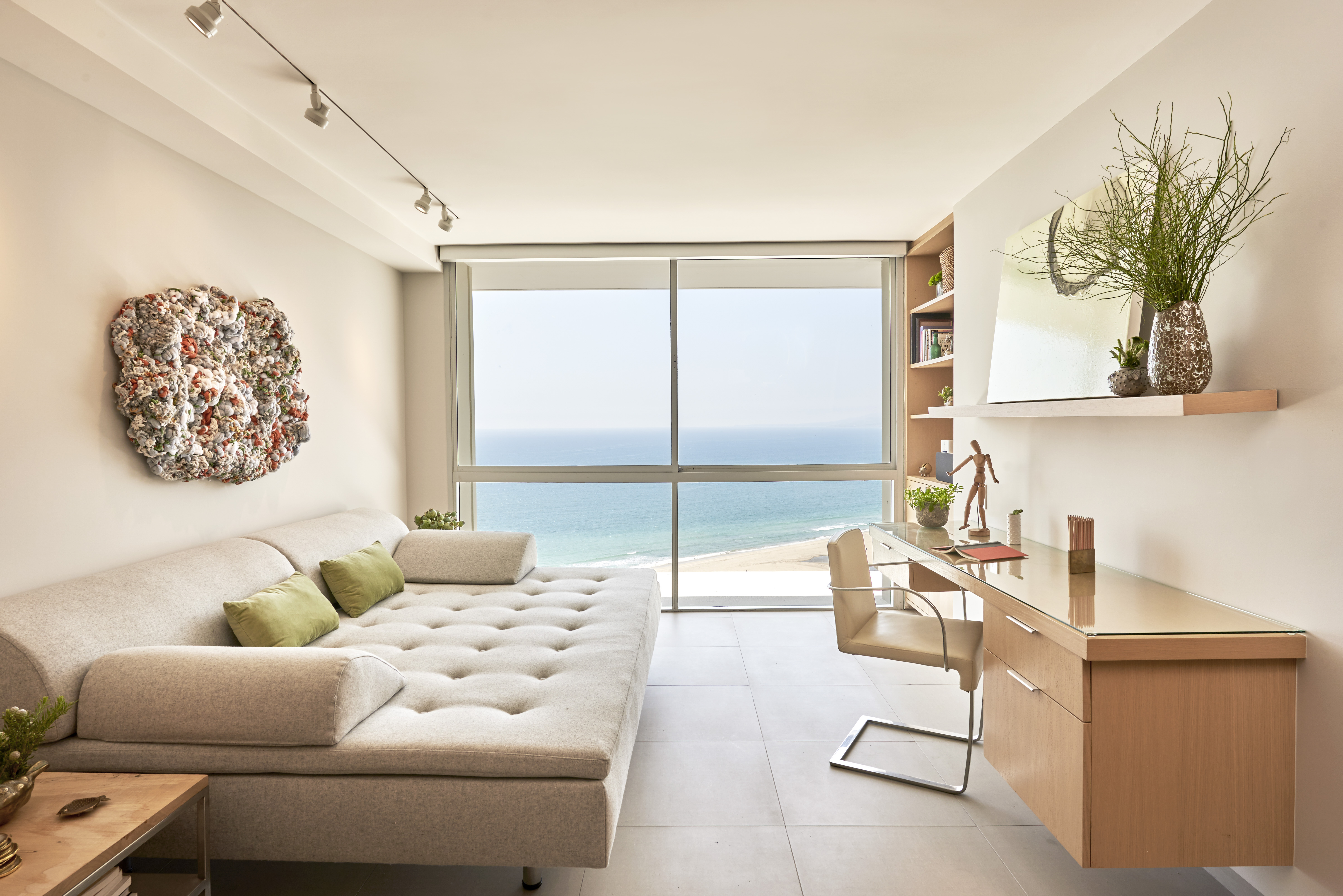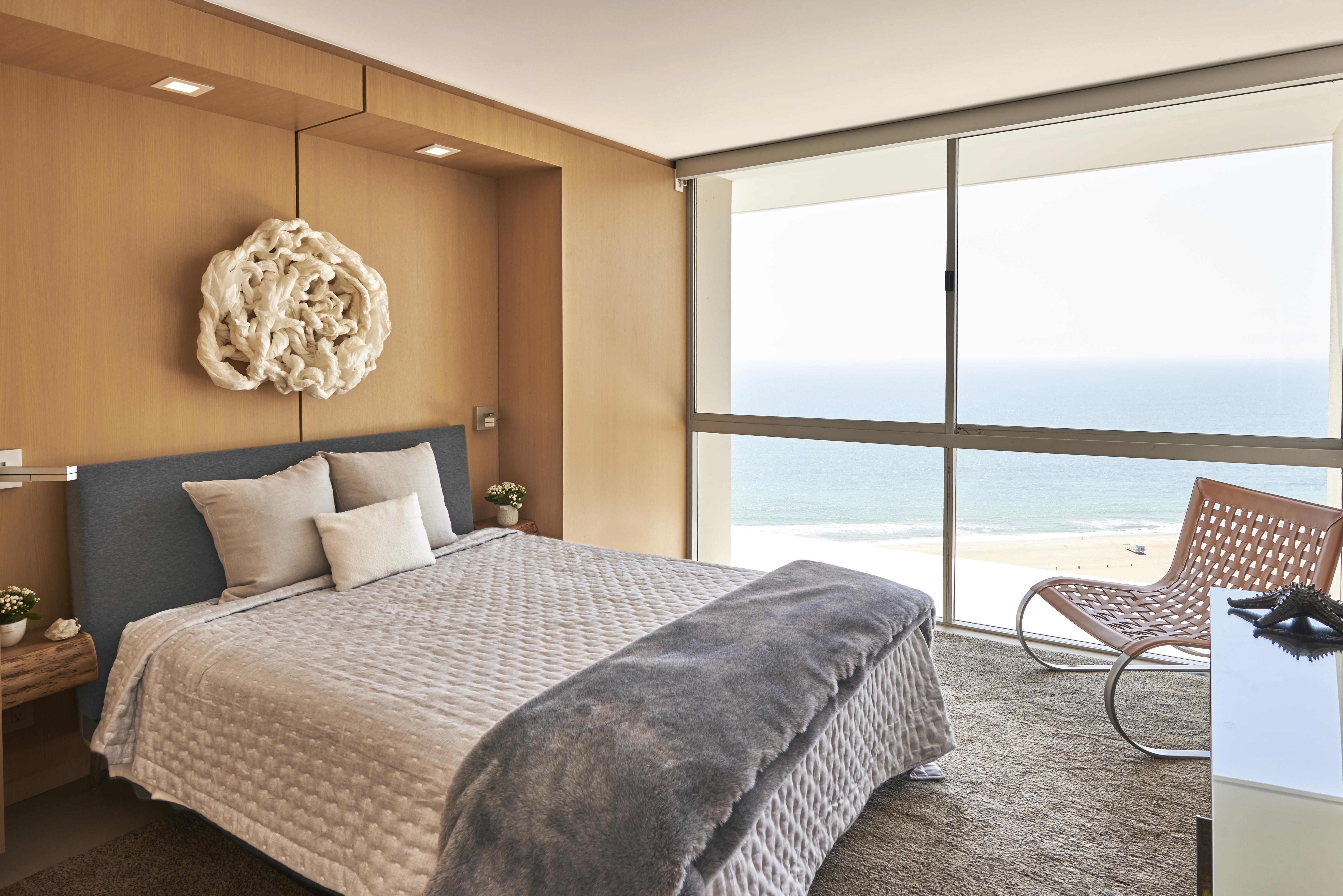Wellness has been top-of-mind for the affluent consumer during the past few years and has been further exasperated after 2020. The incorporation of nature within the home through biophilic design, in particular, has been popularized for its positive physical and emotional benefits.
In our piece “Nature and Home: Biophilia in Design,” featured in Luxury Portfolio magazine, five exceptional designers and architects provided their thoughts on biophilia, along with their fascinating projects.
Sarah Barnard, Designer and Owner of Sarah Barnard Design, has long emphasized the importance of biophilia within design. In our interview Barnard expands on the definition of the term and how she’s incorporated it within her own projects.

1. For those unfamiliar, what is biophilia?
Biophilia is our innate desire or tendency to commune with or be close to nature.
2. What drew you to biophilic design?
Biophilic design is essentially the Venn Diagram of my deepest passions: Nature and home creation. Biophilia exists because we are comforted by nature, and we all understand that on some level. When we live in open spaces that are connected with the environment, plant-life, and the season, it helps support our mental, physical and emotional wellbeing.
3. Why do you think biophilia is having a big moment right now?
The world is obviously going through a massive upheaval right now: Aside from the entire planet facing a pandemic and experiencing their homes as full-time safe spaces, we are experiencing the very real need to have a supportive home environment unlike any time in recent history. When we’re spending almost every waking hour in our homes, we need these spaces to support us in a myriad of ways: We need to work, study, exercise, rest, and recharge, all from the same space. Study after study shows that in rooms that look onto nature — a tree, some plants, a patch of grass — people have lower cortisol. Rooms that incorporate nature within provide the same benefits. We’re all intuitively drawn to nature and, given the health benefits of incorporating it into design, it makes sense that biophilia is having a moment as the world faces a health crisis of this magnitude.

4. What are your favorite incorporations of biophilia in the home?
One of my favorite clients has an ocean view penthouse apartment with floor-to-ceiling windows. For their project, I selected low profile furniture to preserve the open space of the room and the sightline to the sea. The horizon line was used as inspiration for repeating elements throughout the space like the direction of wood grain and the textile weaves. Trees and plants were integrated throughout the interior space and the exterior balconies welcoming visiting birds and butterflies. But not all homes come with ocean views! I also rely on natural analogies, often creating light fixtures that are reminiscent of plant life or sculptures that inspire thoughts of bird nests, for example. Creating art forms from natural materials inspires important visual connections to nature helping to make our spaces healthy and serene.
5. Do you have any favorite examples of how you’ve incorporated biophilia in your own designs?
I have recently created a line of eco-friendly, PVC-free wallcoverings that are designed to bring the natural world inside with hand-drawn floral patterns.
For more on biophilic design, view the latest issue of Luxury Portfolio magazine and check back every Tuesday through April for more extended interviews. Previous interviews include Designer Traci Connell and Architects Anthony Laney and Duan Tran.
This interview has been condensed and lightly edited for better readability.
